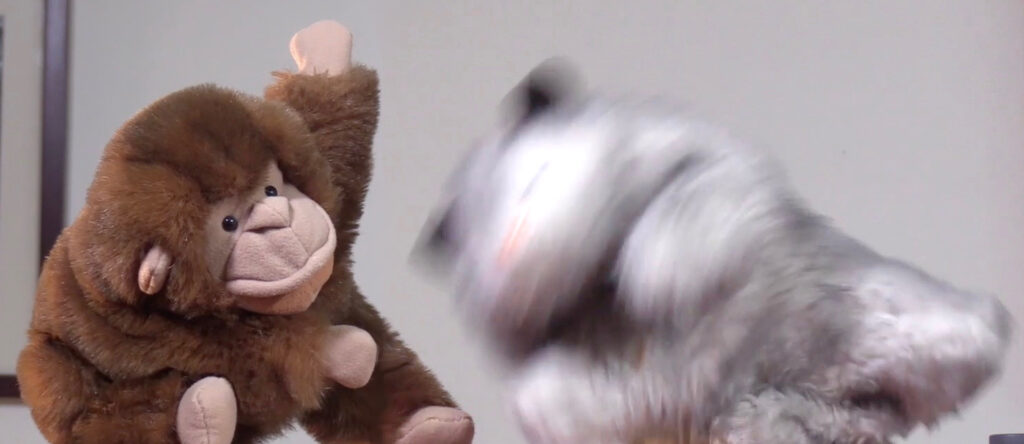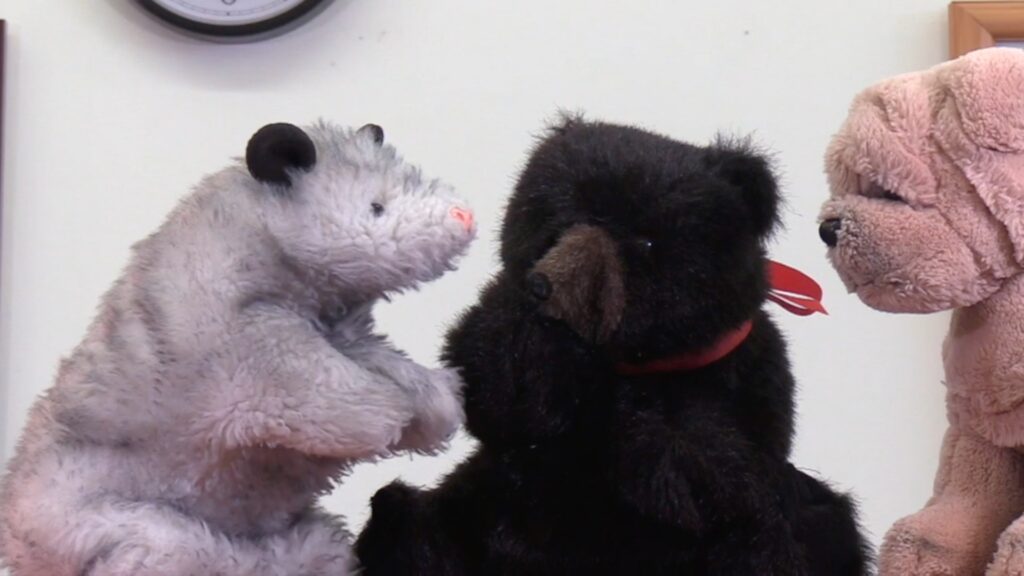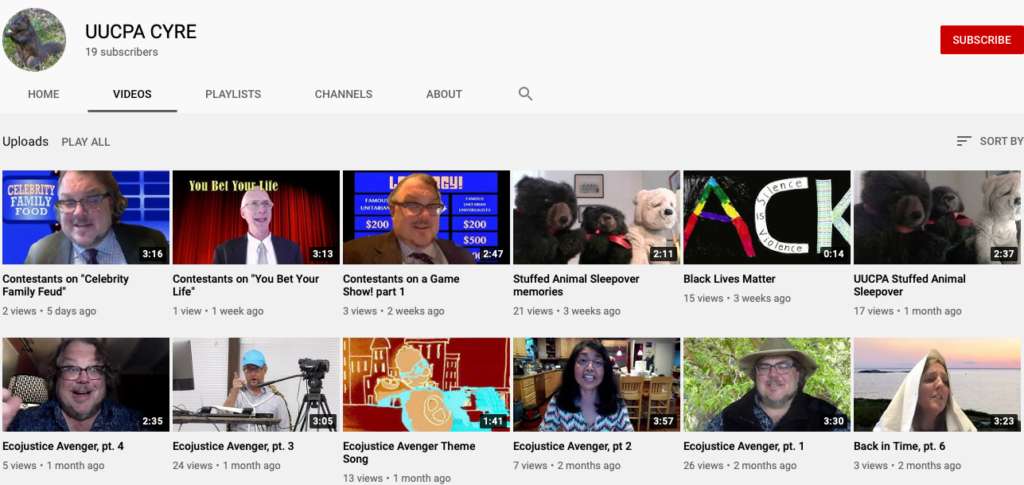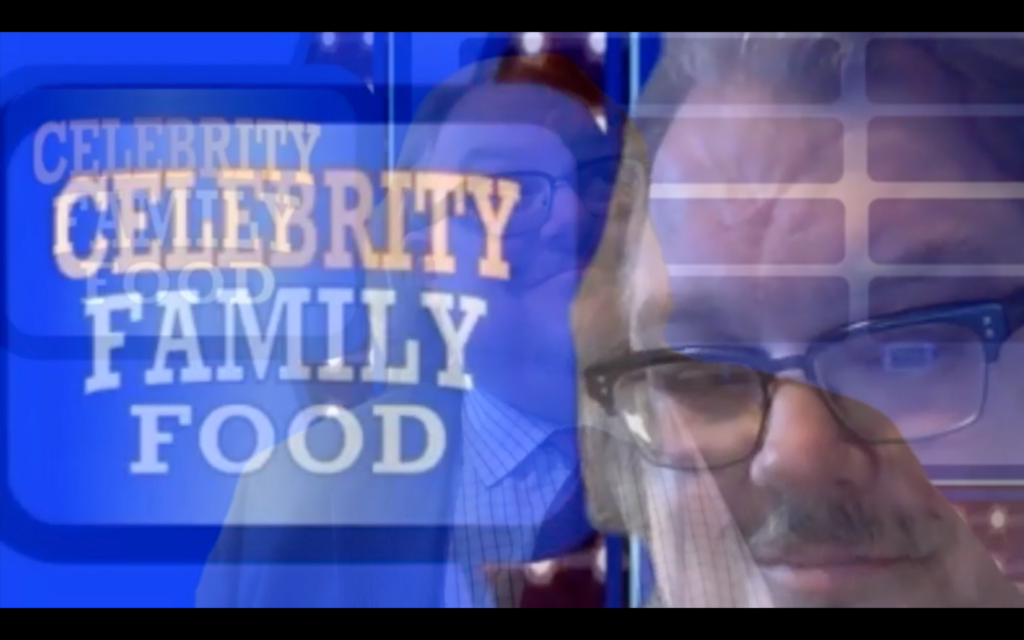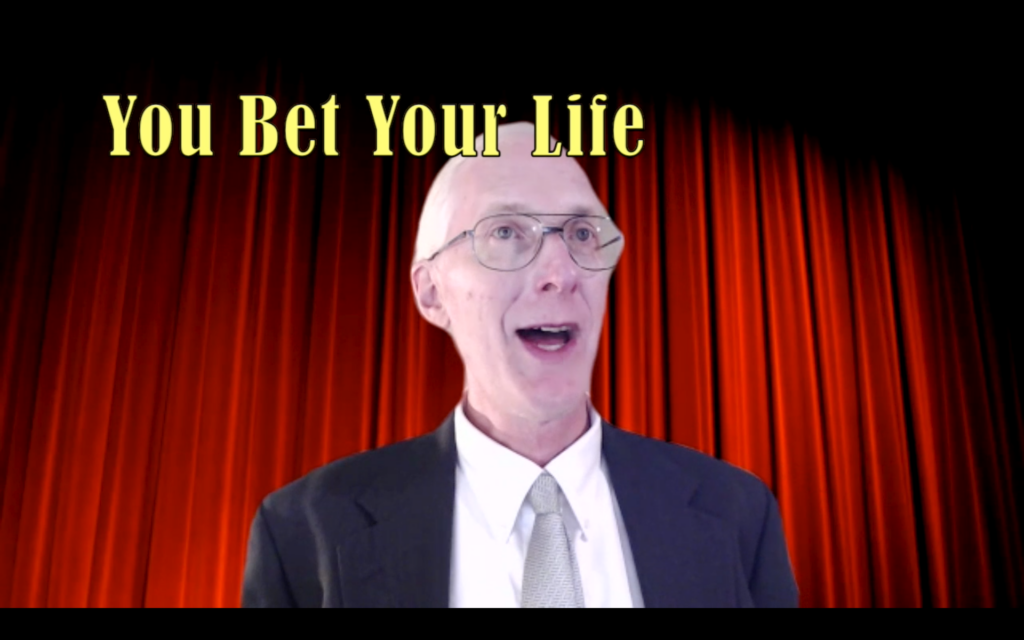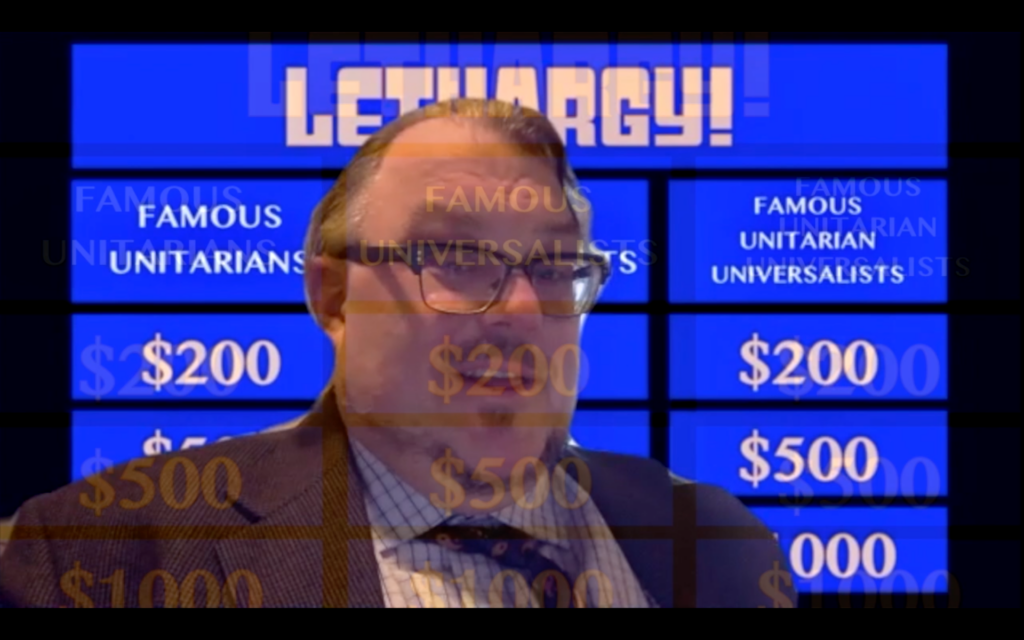This is a major revision of an earlier short biography of Bertha Cady Chapman.
A writer, biologist, and sexuality educator, Bertha Louise Chapman was born July 5, 1873, in Santa Barbara, Calif., the daughter of Truman (sometimes given as “Freeman”) Fletcher Chapman and Mary Elizabeth Furlong Chapman; Bertha’s older sister Elizabeth Corinne Chapman had been born in the same place in 1870. By August, 1873, the family was living in San Buenaventura (now known as Ventura), Calif., where Truman worked as a druggist.
After Bertha was born in 1873, Truman became involved in mining, and he moved the family to New Mexico to operate mines there. In 1880, Bertha, her parents, and both siblings were living in Las Vegas. Truman was the postmaster of Las Vegas, New Mexico, from Jan., 1878, to Sept., 1880. In 1880, he owned the St. Nicholas Hotel on the Plaza. Las Vegas had grown into a bustling town with the coming of the railroad in 1878, but the Plaza retained a distinctly Southwestern flavor:
“The Plaza is in the center of the town.…About the center of the Plaza is the relic of the old well, the windmill having been torn down, and the well long out of use. It was the scene of [a] horrible sight this Spring, as on the night of February 9th the vigilantes hung one cowboy to the windmill, and laid his two companions out beneath him, riddled with bullets, because of their murder of Joe Carson, a few weeks previous. The Plaza is the principal market for the produce of the farmers.… Almost daily one will see large droves of burros standing about, loaded with wools, hides, or pelts.…Little, narrow, crooked streets lead out from the Plaza, and on all side of the town are scattered those queer little adobes, which give the place its ancient and foreign appearance to strangers.” (H. T. Wilson, Historical Sketch of Las Vegas, New Mexico [Chicago: Hotel World Pub., 1880?], p. 18)
This is the town where Bertha lived when she was perhaps 5 to 8 years old.
Continue reading “Obscure Unitarians: Bertha Louise Chapman Cady”
